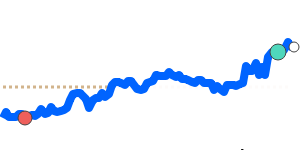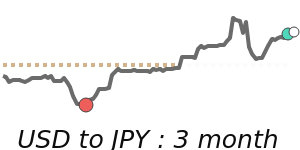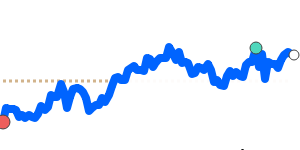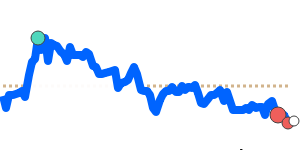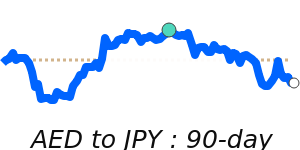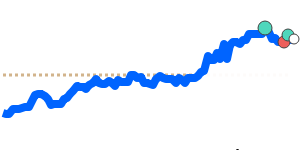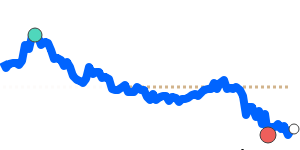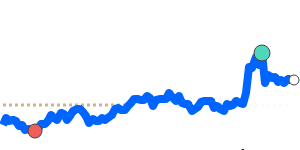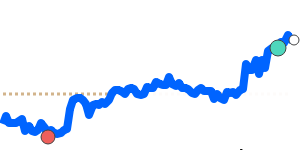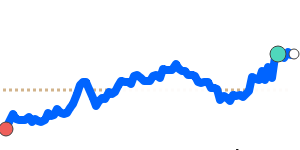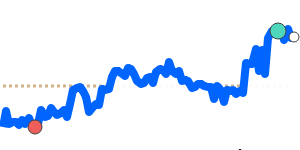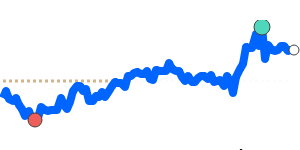The Japanese Yen (JPY) has recently been influenced by significant developments in Japan's economic and political landscape. Notably, on December 19, 2025, the Bank of Japan (BOJ) raised its benchmark interest rate by 0.25 percentage points to 0.75%, the highest level in 30 years. This decision was driven by inflation, which has exceeded the BOJ's target of 2%, reaching 3% in November. The rate hike aims to tackle this growing inflationary pressure.
In a separate but related move, Japan's Cabinet approved a record defense budget exceeding 9 trillion yen ($58 billion) for the fiscal year 2026, representing a 9.4% increase. This substantial budget aims to bolster Japan's military capabilities amid rising regional tensions, particularly with China.
Analysts have begun adjusting their forecasts for the JPY in light of these developments. For instance, Scotiabank predicts that the USD/JPY exchange rate could decline to 135 by the end of 2025, and further to 125 by the end of 2026, highlighting potential support for the yen from both monetary policies and improved trade negotiations.
Recent data from the BOJ's quarterly "tankan" survey indicated an uptick in business sentiment among major Japanese manufacturers, the highest in four years. This improvement in sentiment suggests a possible foundation for future rate hikes, supporting the yen's strength.
Regarding current exchange rates, the JPY is trading at 0.006395 against the USD, which is 1.4% below its three-month average of 0.006488. It has fluctuated in a stable range from 0.006339 to 0.006799. against the Euro, the JPY is currently at 0.005445, which is 2.3% below its three-month average of 0.005573, trading between 0.005410 and 0.005797. Similarly, the JPY to GBP rate is near 0.004750, 2.6% below its three-month average of 0.004877, with a stable trading range between 0.004731 and 0.005053.
As the JPY remains under pressure from global economic conditions and local policy changes, businesses and individuals engaging in foreign exchange should stay informed about potential shifts in the currency landscape that could impact their transactions.
